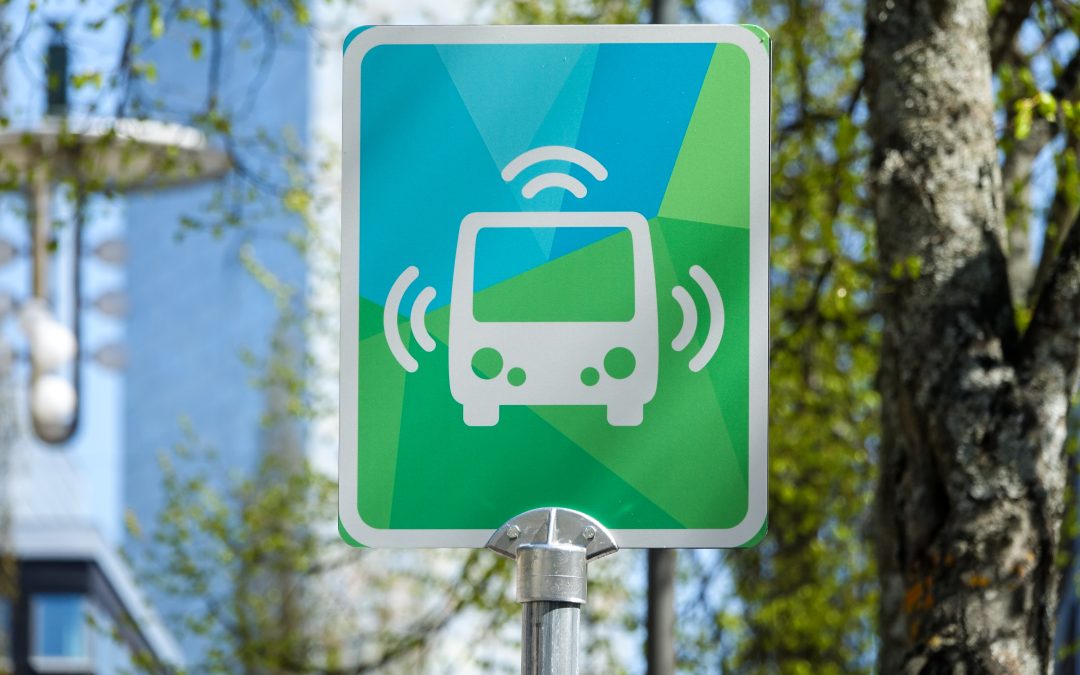
In the last few years, many countries and regions have recognised that automated mobility can be one of the building blocks for creating a more sustainable transport system. Therefore, test and trial operation has been enabled through various national legal frameworks. However, the progressive transition to real-world operation is a challenging step for national, European and international institutions.
The importance of test frameworks for the evaluation of safety and reliability
The evolution of society – for example regarding technical, economical and legal aspects – is a continuous and dynamic process, which is always accompanied by certain risks. Technical developments, such as in automated driving systems, are by nature not covered by the existing legal frameworks and serve as a trigger for legal change.
However, legislation that allows new technical components, systems or functions are usually only put into effect, if the potential impact on society has been adequately studied. Often, new technologies must be tested in “real life” scenarios to assess their reliability and potential risks. Therefore, certain exemptions are required enable such testing.
Current test frameworks for automated mobility
In order for automated driving systems to become a “standardised” part of the transportation system and of our society in the future, it is necessary to test them on public roads. Such operational tests are important for defining the prerequisites and conditions for future regulations.
Within SHOW Deliverable 3.1, information on various approaches was collected, national specifics were identified and analysed. Through the direct participation of SHOW project partners from all involved EU countries, it was possible to create a comprehensive overview.
In recent years, many countries have implemented specific national regulatory frameworks for operational tests of automated driving systems, which all include different requirements and possibilities. In most cases, permits are granted on an individual basis and several authorities are involved in the process. Applicants usually have to convince the national authorities of the necessity and safety of the planned tests, depending on the individual case. Authorities are also part of the learning process and usually require regular reporting and exchange of information.
The analysis of current national regulatory frameworks has also shown that some countries take a very individual, case-by-case approach in assessing test applications while few countries apply more standardised approaches. This include for example Sweden, where authorities conduct “site acceptance tests” according to predefined procedures.
More detailed information can be found in SHOW Deliverable 3.1: “Analysis report on legal, regulatory, institutional frameworks“.
The big challenge: from tests and trials to real-world operation
In the course of the development of motorised transport, several international agreements have been set up, mainly regarding traffic behaviour and traffic signs (Geneva & Vienna Convention). Important agreements on the approval of technical components of vehicles have been concluded within UNECE.
Historically, legislation for traffic and transport was usually based on a strict division of functional responsibilities (vehicle – infrastructure – driver behaviour). Automation is challenging this historical approach in many aspects. The well-established international organisations are well aware of the challenges of automation, but mainly work within their established fields of expertise. Nevertheless, higher levels of automation require a reorganisation of this historical approach. So far, there are no international organisations, capable of implementing holistic standards and rules for automated driving systems. A first step in the right direction are collaborations through research and innovation initiatives and other associations such as the CCAM Partnership.
Our way to future recommendations
SHOW aims to serve as a showcase for the operation of highly automated fleets in urban environments. A significant feature of such mobility services is that functional safety is required solely within a predefined operation area and that they are operated by experts.
From this perspective, it is essential to focus on recommendations for legal frameworks, which incorporate all aspects of such automated mobility services, rather than individual vehicle functions. This approach will enable the safe transition to real-world operation in predefined areas in the near future.
Additionally, new automated mobility services must be regulated in a way that wins the trust of all potential user groups. Only then, they have the potential to contribute to an overall more sustainable mobility system. To ensure that all perspectives can be included in the development of common recommendations, the currently ongoing SHOW Activity 3.3 includes an open-consultation process and dedicated taskforce meetings with stakeholders from local and regional level.
You can also contact Alexander Fürdös or Dominik Schallauer from AustriaTech at Alexander.Fuerdoes [at] austriatech.at or Dominik.Schallauer [at] austriatech.at.